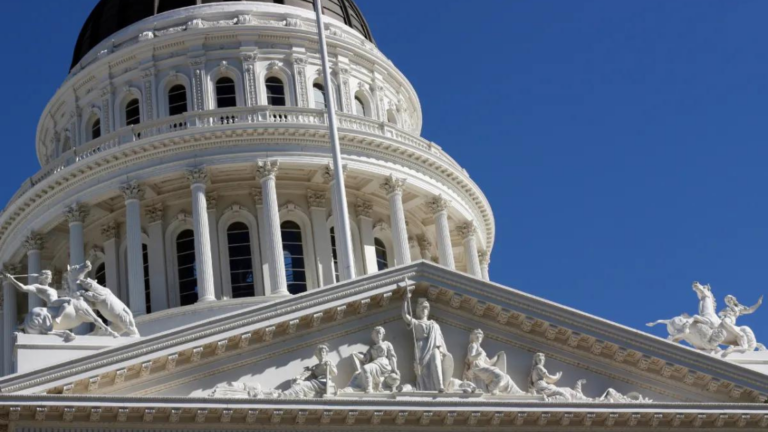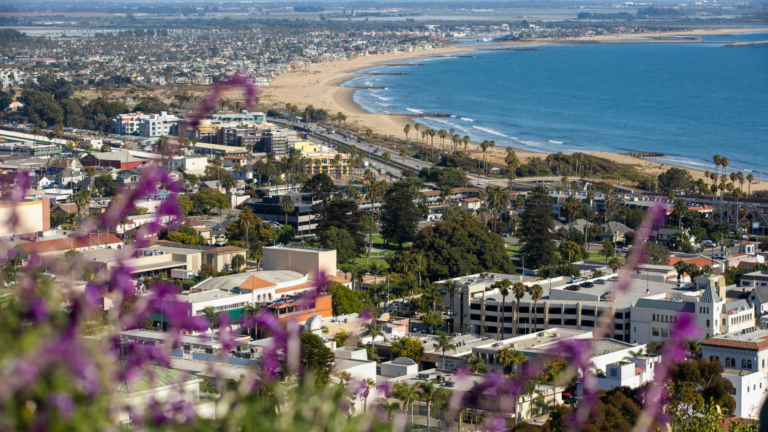Staying current with the California Environmental Quality Act (CEQA) compliance is essential for lawyers advising clients on development projects in California. As 2025 unfolds, several changes to compliance requirements and the overall compliance checklist have emerged, making it more critical than ever for legal professionals to stay informed.
Understanding these updates can help prevent costly delays and litigation, whether you’re managing project approvals or preparing for potential disputes. California’s changing environmental law requires lawyers to interpret the law and anticipate how changes affect their clients’ obligations and risk exposure.
This article breaks down what’s new, what remains the same, and how to approach the litigation process under the updated CEQA framework. For attorneys, particularly those involved with the California Bar Association or focused on land use and environmental matters, this guide offers a practical and timely look at the path ahead.
Key Updates to CEQA in 2025 That Lawyers Need to Know
If you’re advising clients on land use or development projects, you’ve noticed some crucial changes to CEQA compliance in 2025. The state has made adjustments to help projects, especially housing and clean energy, move faster through the approval process. While that’s good news for clients, attorneys must pay closer attention to how those changes affect the legal landscape.
One major update is that some projects now qualify for quicker reviews or exemptions, especially if they meet certain environmental or location criteria. There’s also more emphasis on:
- Climate change
- Air quality
- Community impacts
Looking ahead, expect more rules aimed at speeding up approvals, especially for infill housing. If you’re working with developers or agencies, now’s the time to review your usual process using the latest California Environmental Law and Land Use Practice Guide.
This step ensures compliance with the latest compliance requirements. Staying ahead of these changes can help you avoid unnecessary problems and possibly prevent your clients from getting pulled into the litigation process later on.
Revised CEQA Compliance Checklist for Legal Professionals
The CEQA compliance checklist has been updated, and if you haven’t reviewed it yet, it’s worth your time. The recent version includes new sections on wildfire risk, climate adaptation, and community equity. These are now must-haves in many environmental reviews, not optional add-ons.
If you’re a lawyer working with public agencies, developers, or nonprofits, this new CEQA checklist is something you’ll want to walk through step by step. It’s designed to be clearer, but there’s more to cover, and skipping a part could open the door to legal challenges. For example, if a report doesn’t adequately address environmental justice or ignores wildfire impacts, that could be enough to land a project in court.
What’s next? More updates may come later this year, especially to help align the checklist with statewide housing and transportation goals. It’s a good idea to keep your templates and internal processes current so you’re not caught off guard. And if you’re helping clients through their reviews, using the latest CEQA checklist will make your job easier and save them a lot of trouble down the line.
Handling the CEQA Litigation Process after Recent Changes
The CEQA litigation process has always been a concern for lawyers whose clients are working on new developments. In 2025, some changes aim to reduce delays and limit lawsuits without strong legal backing.
One big update is the tighter deadlines. Courts are now being pushed to handle CEQA cases faster, especially for specific priority projects like affordable housing. That means lawyers must be ready with solid arguments early in the process. The bar is also higher for challengers; lawsuits that don’t clearly show environmental harm or procedural failure are less likely to move forward.
What’s ahead? The state may continue limiting how and when lawsuits can be filed, particularly around issues like traffic and noise, which are sometimes treated as less significant under updated rules.
If you’re helping a client facing a CEQA lawsuit or trying to avoid one, understanding these new timelines and legal thresholds is key. A good defense starts with a clean, well-documented process, and lawyers who know the new rules will be better prepared to protect their clients’ projects.
If you’re preparing for or defending against a CEQA challenge, CEB’s Litigating CEQA Cases CLE gives you strategies and legal insights to help you stay ahead in court.
How CEQA Connects with Broader Environmental Law in 2025
In 2025, new state policies around climate change, clean energy, and environmental justice are shaping how CEQA is applied. If you’re working in environmental law, you’ve probably seen how different agencies take these policies more seriously than ever. The table below gives a clearer picture of how CEQA interacts with environmental law.
| Policy Area | Impact on CEQA Compliance | Potential Risks if Overlooked |
| Climate Change | Projects must demonstrate alignment with state GHG reduction targets (e.g., SB 32, AB 1279) | Legal challenges for insufficient GHG analysis; agency pushback even if the CEQA checklist is met |
| Clean Energy | Renewable energy projects may get streamlined review, but grid impacts still require study. | Delays if transmission or storage concerns aren’t addressed early in the CEQA process |
| Environmental Justice | SB 1000 mandates deeper analysis of cumulative impacts on disadvantaged communities | Community lawsuits or agency denials due to inadequate equity considerations |
Going forward, more agencies are expected to apply CEQA with these broader policies in mind. That means lawyers need to think beyond just getting the paperwork done. You’ll want to ensure your client’s project fits the direction the state is headed.
Helping your clients understand the entire scope of compliance requirements can make a big difference. It’s not just about avoiding court but building stronger, more successful projects.
How the California Bar Association is Shaping CEQA Practice
If you’re a member of the California Bar Association or follow its work, you’ve likely noticed more focus on CEQA compliance in recent years. With the law changing regularly, the Bar plays a growing role in helping lawyers stay informed and prepared.
In 2025, the Bar continues to offer updates, CLE programs, and practice guides that address changes to compliance requirements, litigation strategies, and trends in environmental law. These tools can be handy if CEQA isn’t your main area but comes up in your practice.
The Bar is also helping shape the conversation around CEQA reform, including giving input on legislation and working with legal organizations across the state. As more attorneys voice concerns about delays and costs tied to CEQA, the Bar’s involvement will likely grow.
What’s next? Watch for more resources focused on practical compliance tips and recent case law. If you work with projects that trigger CEQA, these tools can help you give better advice and avoid costly mistakes, while keeping your legal knowledge current.
CEB Is Here to Support You
CEQA compliance in 2025 will present new challenges, but you don’t have to figure them out alone. CEB offers trusted legal resources for California attorneys in environmental law and related areas.
Whether you’re dealing with updates in CEQA law or preparing for litigation, our on-demand CLE courses give you expert insight when and where you need it. Our CEQA Litigation Resources in CEB OnLAW Pro also have tools to help you prepare, file, and manage CEQA-related cases. You’ll also find tools tailored to California attorneys to help you work efficiently and effectively.






